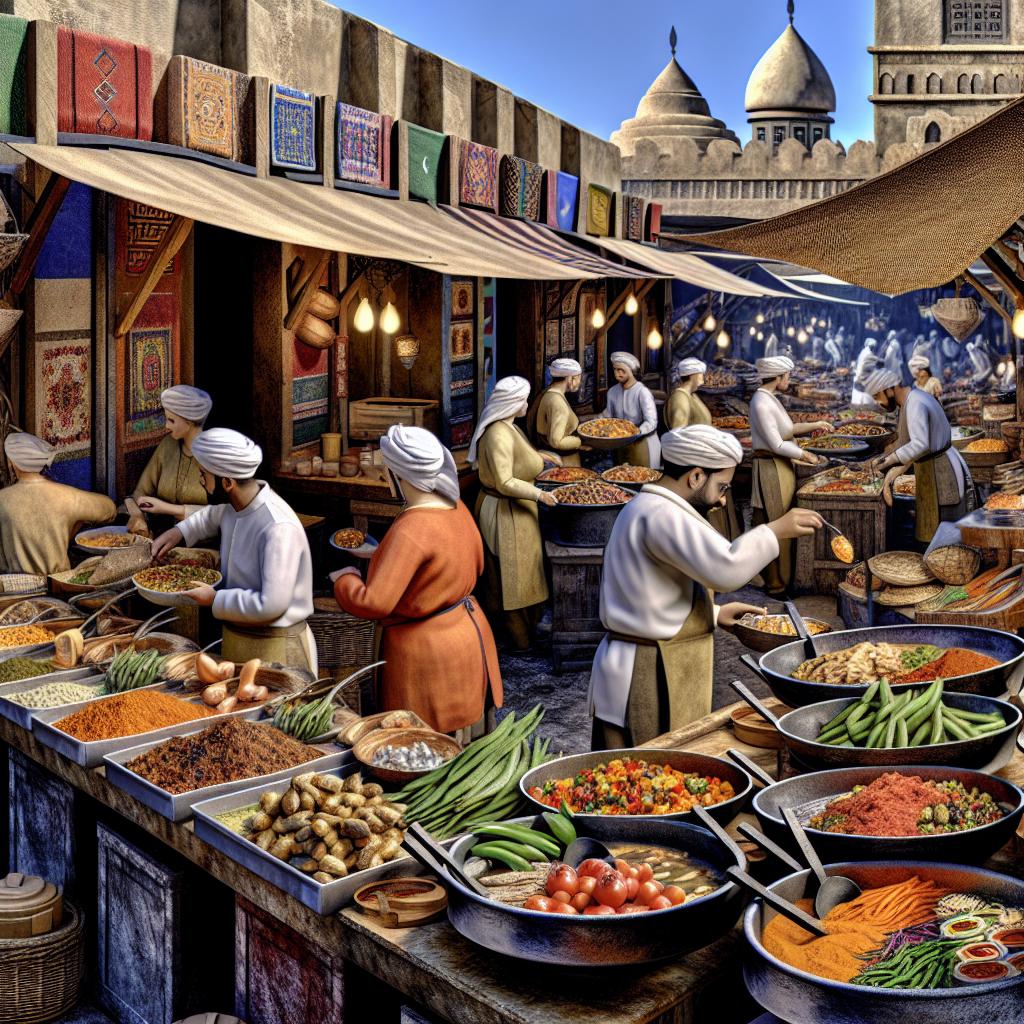- Use camera settings: aperture f/2.8-f/5 for shallow depth, ISO of 400+ in low light, shutter speed 1/60+.
- Utilize reflectors and natural light to avoid harsh shadows in food photography.
- Apply composition rules like the rule of thirds, shoot from above or side as needed.
- Incorporate local spices/culture elements in shots for storytelling.
- Engage with local chefs for culinary insights, capturing chefs in action adds depth.
- Discover local dishes through interactions with locals, markets, and food tours.
- Social media and apps (Yelp, TripAdvisor) are tools for finding hidden food spots.
- Capture vibrant food scenes with natural light and quick settings adjustments.
- Engage chefs and explore local ingredients for deeper cultural insight.
- Understand food traditions to appreciate cultural values and heritage.
Ever landed in a new place and found yourself craving an authentic taste of local life through food? Capturing that perfect dish is more than just snapping a picture; it’s about telling a story. With the right techniques, you can share vibrant, mouth-watering snapshots that highlight a region's culinary culture. In this guide, I'll help you perfect your food photography skills while savoring the richness of foreign lands, from camera settings to engaging with local chefs. Ready to turn taste into art? Let's dig in!
How Can You Perfect Your Local Food Photography Technique?
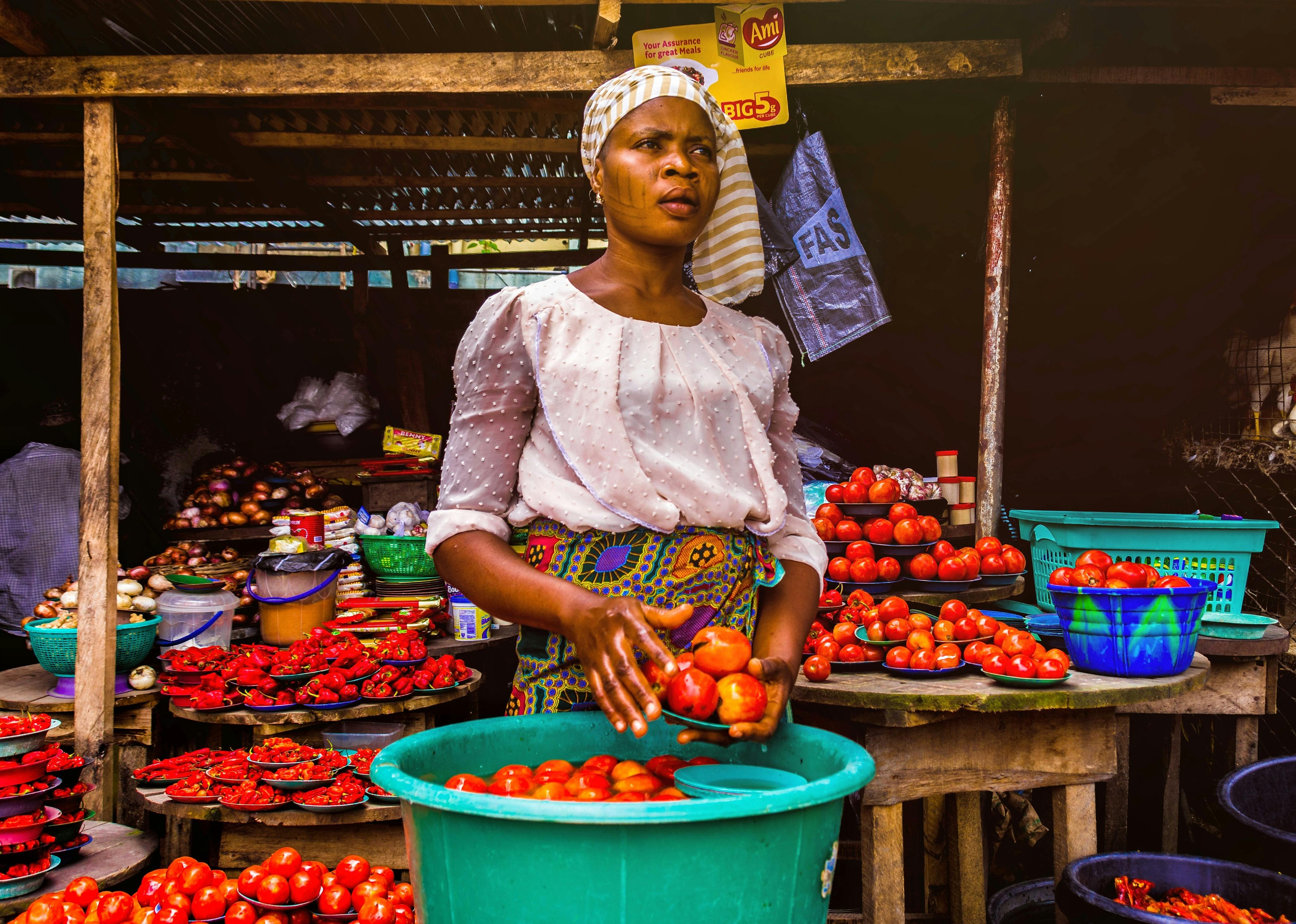
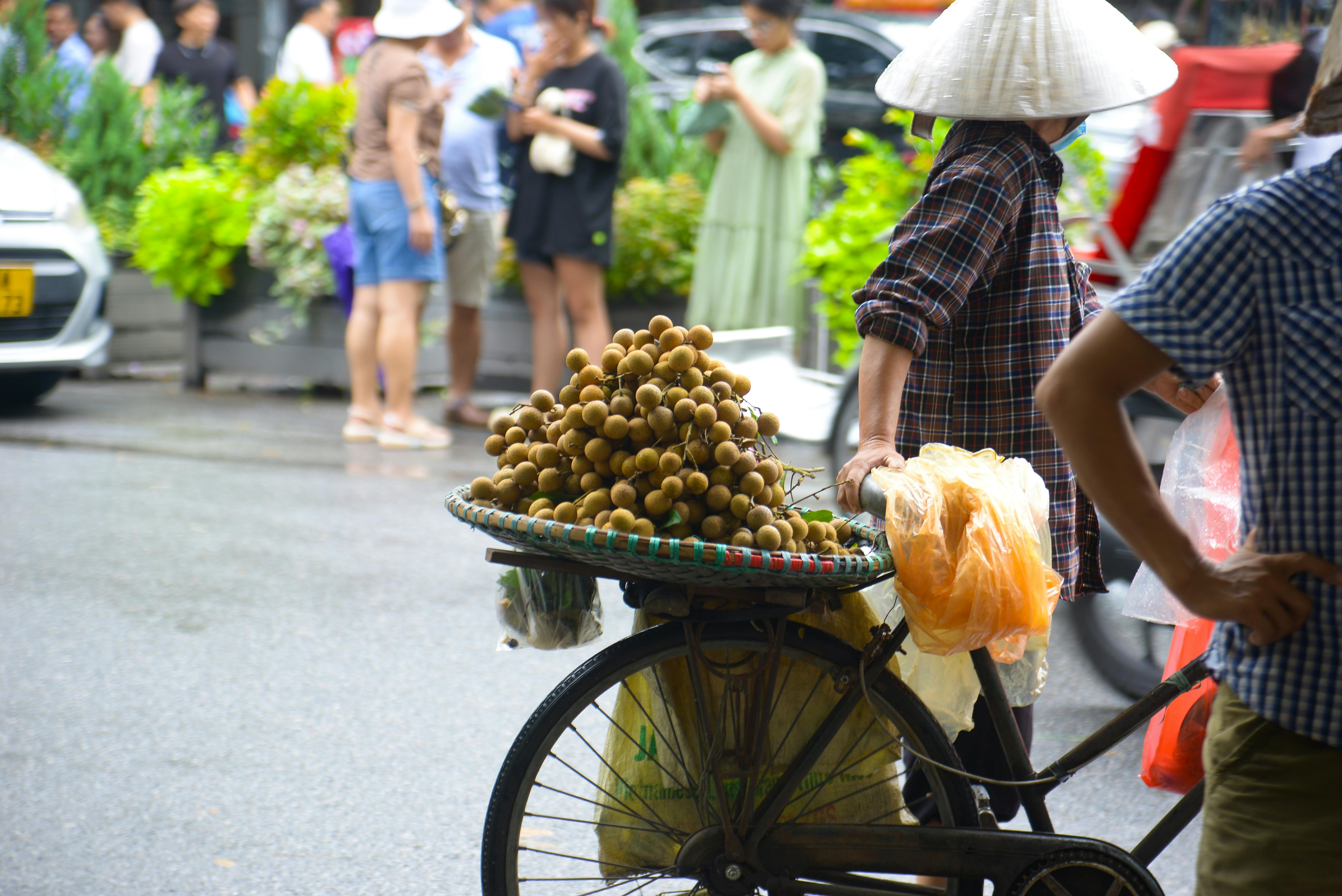
Capturing food in foreign lands requires skill and a sense of adventure. Whenever I travel to a new country, I strive to capture the colors, textures, and stories of local dishes. This approach brings the region to life in my photos. It's not just about snapping images but about sharing an experience.
What Are the Best Camera Settings for Capturing Food?
For clear, crisp food photos, understanding your camera settings is crucial. When I set up, I use an aperture between f/2.8 and f/5 for a shallow depth of field. This makes the dish pop against a blurred background, highlighting its features. In low-light restaurants, I increase the ISO to 400 or more, but not too high to avoid grainy images. Keeping the shutter speed around 1/60 or higher helps avoid blurriness from any hand movement.
A reflector can also help, especially in poorly lit areas, bouncing light onto the food. Remember that natural light works wonders. If you're shooting outside or near a window, make sure the light falls evenly across the dish. This avoids harsh shadows and brings out natural colors.
How Does Composition Affect Your Food Photos?
Composition changes how your audience perceives the dish. I use the rule of thirds, placing the main element off-center for visual interest. Shooting from above often gives a comprehensive view of plate arrangements, especially with intricate or colorful dishes. When a dish has height, like layered cakes, capturing it from a side angle can show off those layers effectively.
Props, like utensils or napkins, guide viewers' eyes through the photo. Adding elements like spices or herbs related to the dish can inject more of the local culture into the frame. Always ensure these extras don't overshadow the food itself.
What Techniques Capture the Culture Behind the Cuisine?
To truly convey a dish's story, I immerse myself in the local culture. First, I learn key ingredients that define the region's flavors. For instance, spices like turmeric in India or saffron in Spain carry rich cultural significance. I aim to visually incorporate these elements into my shots by either focusing on them directly or having them in the background.
Engaging with local chefs also provides insight. Their passion and stories often become a part of the visual narrative. When possible, I capture chefs at work, presenting food or adding personal touches. These moments display their skill and love for their culinary craft.
Consider surrounding elements like the bustling street life or a traditional market backdrop. This situates the dish within its local environment, increasing cultural richness. In this way, the photo isn't just about food; it's about its place and meaning within the culture.
Mastering food photography on foreign land enriches every culinary journey. Each picture tells a story of local taste, tradition, and community. By applying these techniques, we not only document our travels but share small yet powerful tales of the world's diverse cultures.
What Are the Essential Tips for Discovering Street Food Abroad?


Street food offers a window into local life. When I land in a new place, the first thing on my mind is food. Nothing connects you with a culture quite like its street dishes. But where to start? Here’s a handy guide to uncovering those must-try local bites.
How Can You Find Must-Try Local Dishes?
The simplest way to find must-try local dishes is by talking to locals. Ask a taxi driver or a hotel staff member. They’ll often know the hidden gems better than any guidebook. Local knowledge is gold; use it.
Markets are bustling with flavors and smells, offering a heap of diverse dishes. I always look for long lines at a food stall because a queue usually means the food is worth it. Eavesdrop on locals and spot what they relish. That's your clue.
Don't skip food tours either. They offer curated experiences with the best local flavors. Guides often include stories behind dishes which adds zest to the adventure. For instance, I learned the deep history behind Singapore's famous Fish Head Curry on such a tour. It’s an immersive lesson!
What Strategies Can Uncover Hidden Food Gems?
Uncovering hidden food gems requires a bit of adventure. Wander through neighborhoods slightly off the beaten path. Hidden gems lurk in places tourists often miss. Take a stroll away from the major attractions and you may find your new favorite snack joint.
Use social media as your secret weapon. Apps like Instagram showcase mouth-watering food trails. Follow local influencers who post about dining hotspots and hidden street foods. Their posts often lead me to thrilling food discoveries.
Explore less known districts that are brimming with culture. In Bangkok, for example, the area of Bang Rak is a treasure trove of street food waiting to be found. Venturing into these neighborhoods pays off in delicious dividends.
How Can Apps Aid in Discovering Street Food?
Apps can be your best friend in foreign lands when searching for street food. Firstly, download popular food photography apps. These not only help capture food but point you to trendy spots. Instagram, beyond its pictures, allows users to tag dining locations, helping you map out your next meal.
Apps like Yelp and TripAdvisor list top-rated street eats. They show reviews from people who've eaten there, giving a hint of what to expect. Be sure to filter results to locations visitors might not frequent. Look for spots with high reviews and local patronage.
And then there's the delight of apps tailored for specific cities. For instance, “Eatigo” in Asia offers discounts at dining spots. These apps grant access to exclusive local food deals and recommendations.
Enjoying street food broadens your world and makes your trip memorable. Use these essential tips, and savor every bite of your abroad findings. Who knows, you might unearth a few favorites to cherish even after your journey ends.
How Can You Enhance Your Travel Food Photography?


Capturing the perfect food photo while traveling is an art. It's more than just taking a picture of what you eat. It's about telling a story, showing colors, and enhancing what you see wherever you go.
How Is Storytelling Important in Food Photography?
Storytelling can transform a food photo. When you capture more than just the dish, you create a fuller picture. Imagine a steaming bowl of ramen. It tells more when you include the bustling street vendor in your frame. The steam rising, people queuing, and the chef at work add layers. This picture shares the dish's essence. It tells about the culture and origin, not just the noodles and broth. To capture a story, look for what surrounds your food. Capture moments, not just meals.
What Makes a Food Scene Vibrant?
Vibrancy in a food scene means energy. It's when the colors and actions pop out at you. Think of a busy market. Imagine fresh fruits, red peppers, and golden spices. Adding these to your photo captures the lively essence. Light plays a key role too. Natural light is best for vibrant food photos. It enhances colors and textures, making everything look real and delicious. Try to photograph your dishes during the day. This ensures the sun highlights every detail, without shadows.
What Are Quick Enhancements for On-the-Go Photos?
Travel means you're often rushing, with little time for long setups. Quick enhancements can make a big difference. Start with your phone's camera settings. Increase brightness to highlight every corner of your plate. Focus is another trick. Tap on your dish before snapping the photo. This ensures the dish is sharp and everything else is gently blurred. If you're taking photos at night, find places with good lighting. A street lamp or store window can provide the extra light you need. Capturing food on-the-go doesn't mean sacrificing quality. Simple tricks lead to stunning results.
To see how beautifully food and culture can be captured together, visit this foodie's guide to eating abroad. They show how food can connect you to the place, people, and traditions.
Enhancing food photography is not just about the food. It combines the story, vibrancy of the scene, and quick photo skills to capture what's truly there. This turns a simple meal into an unforgettable image, making your travels more memorable.
How to Engage and Learn From Local Culinary Experts?
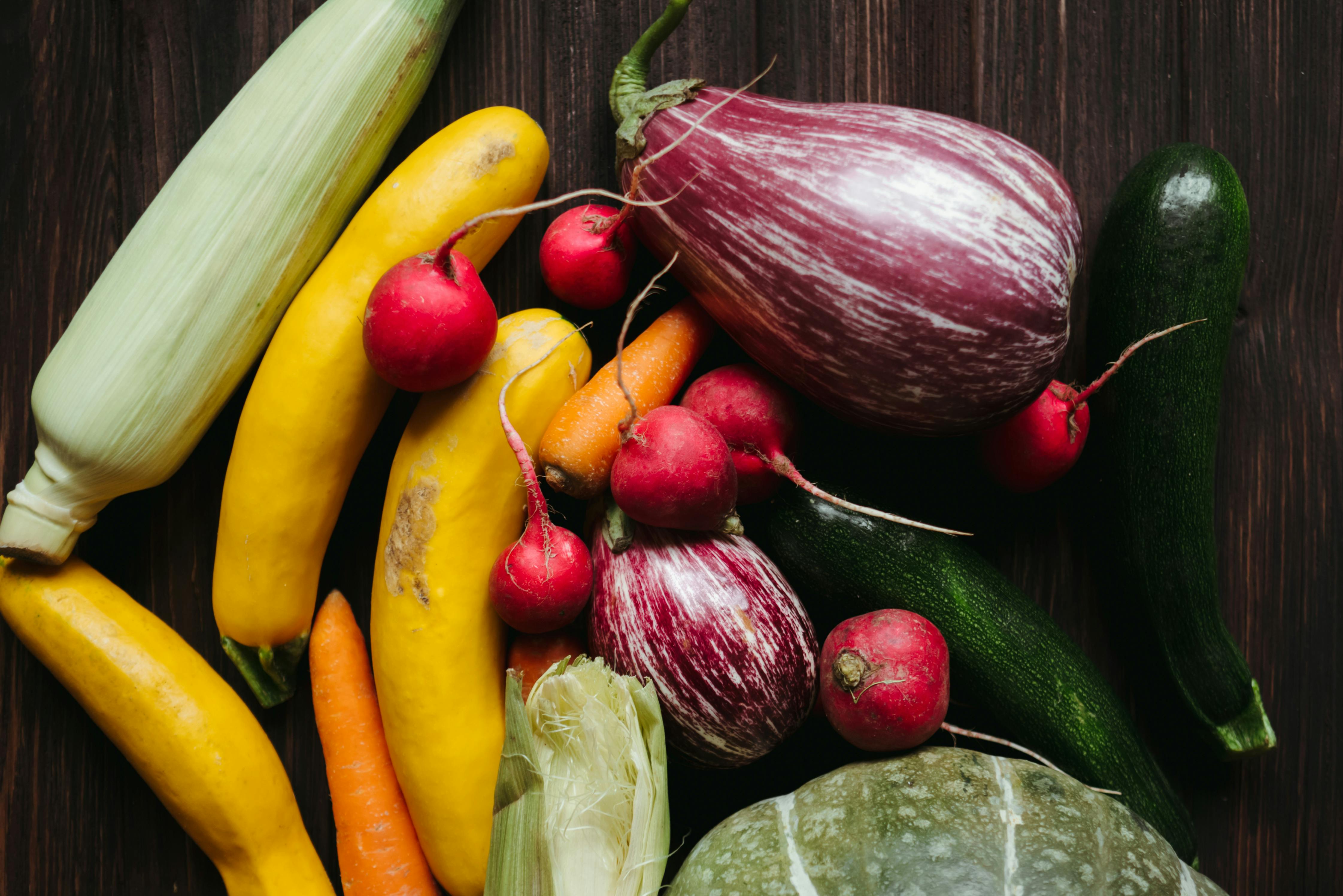
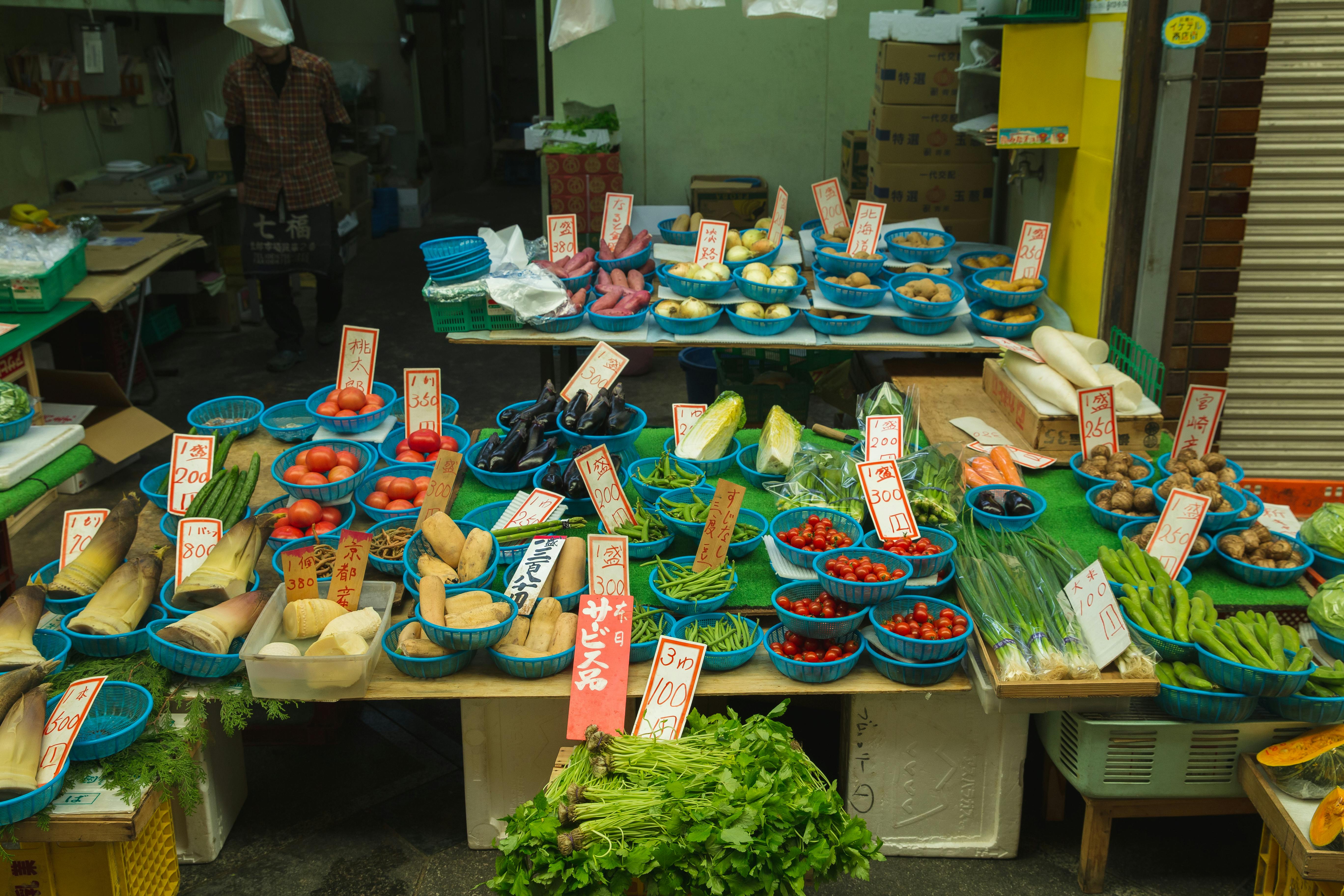
How Can Engagement with Local Chefs Enhance Your Experience?
Engaging with local chefs can greatly enhance your culinary adventure. You get direct insight from the masters themselves. When you chat with local chefs, they share family recipes and secret techniques. This opens up a world of flavor combinations and cooking tips. Imagine a chef showing you how to balance spicy and sweet in a dish directly in their kitchen. You can even try cooking with them, learning firsthand the magic of regional spices and unique cooking methods. This direct engagement makes you a part of a living culinary tradition, offering more than any cookbook could. You take home memories enriched with stories and flavors that connect you to the place. The conversations with chefs also break down cultural barriers, making your experience personal.
What Is the Value of Exploring Local Ingredients?
Exploring local ingredients offers a window into the heart of a region's food culture. When you walk through a market filled with vibrant colors and exotic smells, you discover what makes local dishes unique. Local ingredients are the building blocks of regional cuisine, often unavailable elsewhere. They highlight the flavors that define the local palate. Think of how fresh herbs in Vietnam differ from those in France; they shape distinct culinary identities. Tasting a dish with produce picked fresh from the farm provides unmatched freshness and taste. Using local foods supports the community, as it encourages sustainable practices and traditional farming. Moreover, learning to cook with these ingredients can improve your skills and enhance the flavors of your homemade meals in the future. Understanding how to use them deepens your connection to the place through its food.
Why Is Understanding Food Traditions Crucial?
Food traditions are the stories passed down through generations on a plate. Understanding these traditions is crucial because they hold the essence of a community’s heritage. It's like learning a unique dialect of a place expressed through its cuisine. Rituals like a Moroccan tagine or Japanese tea ceremony show more than how food tastes; they reveal cultural values. By understanding why certain foods are eaten at particular times or events, you appreciate the full depth of the culture. These traditions often teach respect, patience, and community values that are important aspects of life. Food traditions maintain identity, especially in fast-paced, globalized environments. They connect us to ancestors and preserve the art of shared meals and stories. Observing or participating in these traditions as a guest is an honor and an opportunity to learn.
Immersing yourself in these culinary experiences is like traveling through time, living the history and passion shared by the people. The connection created is profound and lasting, as food is at the heart of cultural exchange. Engaging with local experts and understanding their practices provides a richer, more meaningful travel experience than simply tasting alone.
Conclusion
Mastering food photography reveals a rich culinary story. Align your camera settings for perfect shots. Use composition to enhance visual appeal. Capture the culture in your dishes. Exploring street food abroad will uncover delicious gems. Use apps to guide your journey. In food photography, storytelling is essential. Vibrant scenes captivate your audience. Quick enhancements keep your images dynamic. Engage with local chefs to deepen your culinary knowledge. Discovering local ingredients and understanding traditions enriches your food journey. Whether at home or abroad, these techniques will ensure your photos tell a captivating story.

